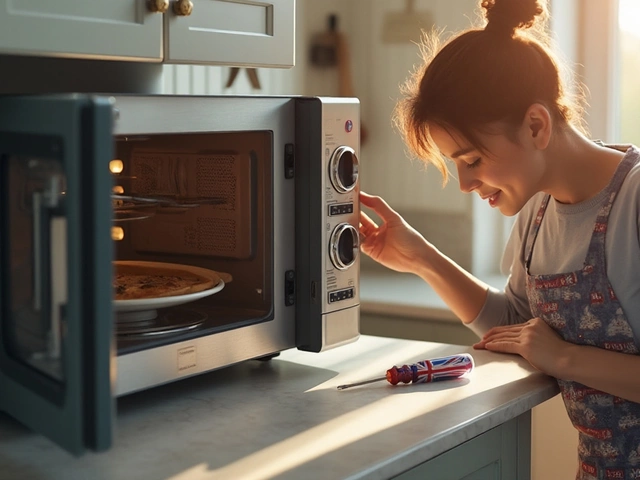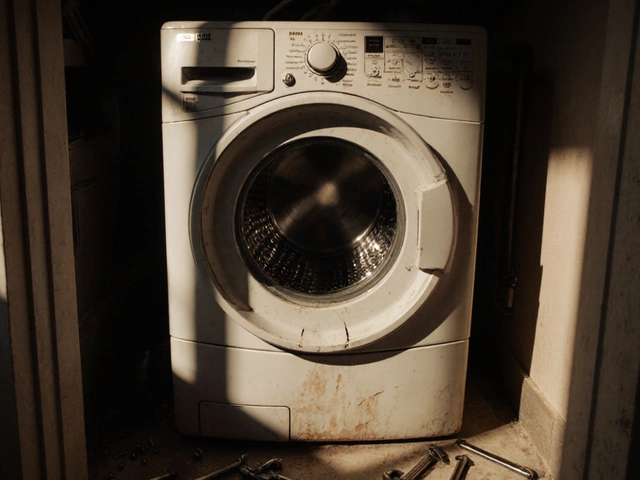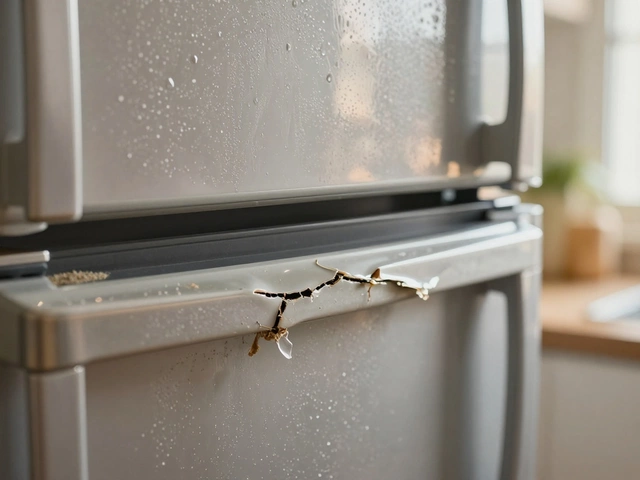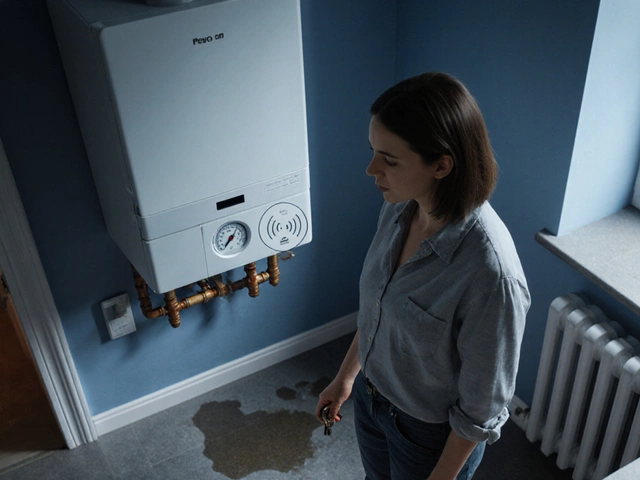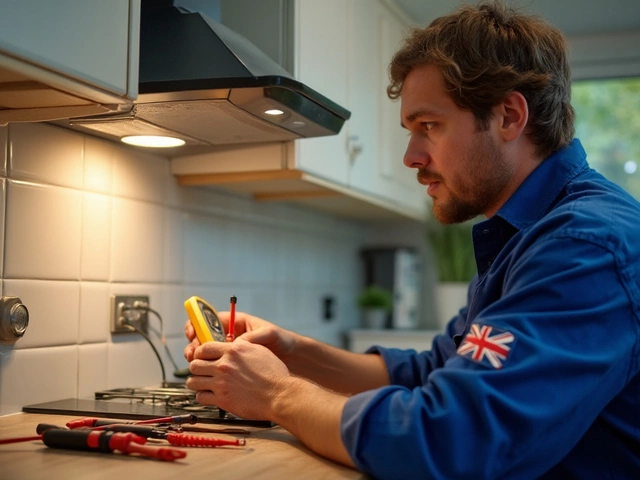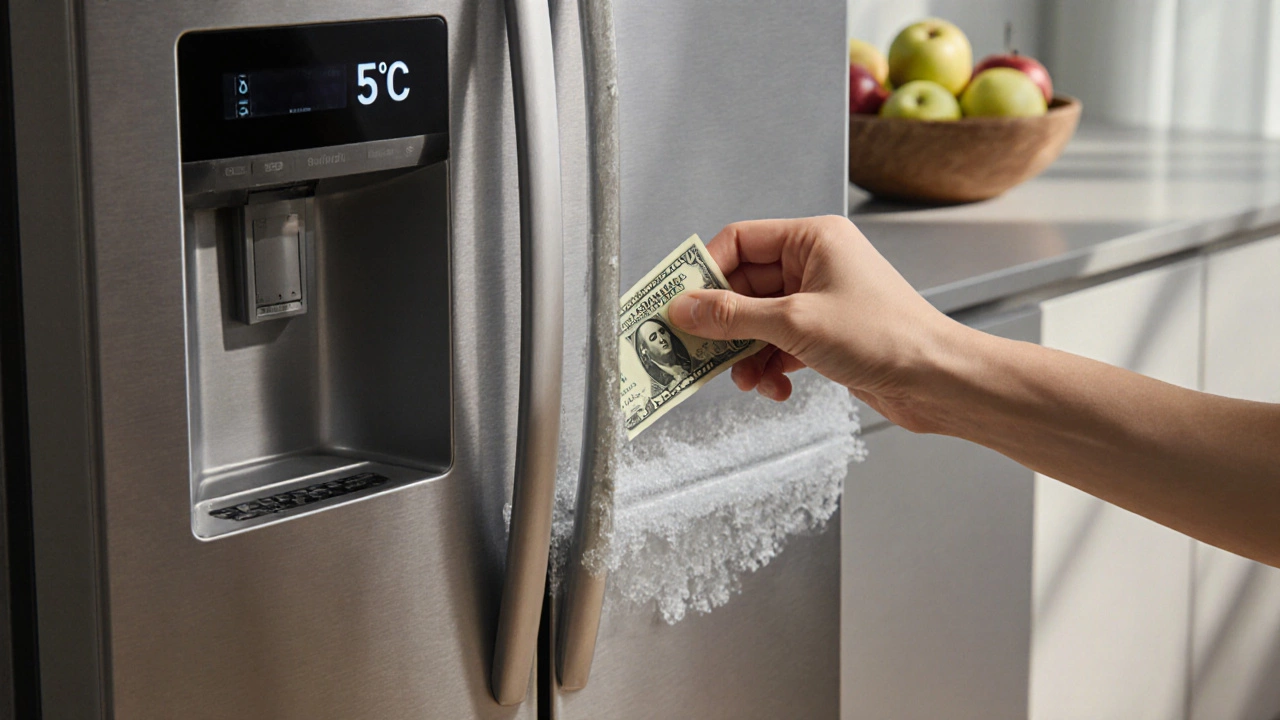Cold Appliance Troubleshooting: Fast Fixes for Fridge, Freezer & Ice Maker Issues
When working with Cold Appliance Troubleshooting, the process of diagnosing and fixing problems in refrigeration equipment like fridges, freezers and ice makers. Also known as refrigeration troubleshooting, it helps keep food fresh and energy bills low. Mastering this skill means you’ll spend less on calls to the engineer and more time enjoying chilled drinks.
Typical Gear You’ll Encounter
The most common cold appliance you’ll face is the Refrigerator, a sealed box that keeps food at safe temperatures using a compressor, refrigerant and a thermostat. Start by checking the door seal – a cracked gasket lets warm air in and forces the unit to work overtime. Next, verify the thermostat setting; most UK fridges run best at 3‑5 °C. If the compressor hums but the interior stays warm, the temperature sensor (or thermistor) might be faulty.
Next up is the Freezer, the colder compartment that freezes food solid, typically at –18 °C. Frost buildup on the walls is a clear sign the defrost timer or heater isn’t kicking in. A freezer that runs but doesn’t freeze often points to a failing compressor or low refrigerant charge. Check the evaporator fan; when it stops, cold air can’t circulate, leaving the freezer warm.
Don’t forget the Ice Maker, the module that creates ice cubes, usually attached to a refrigerator or freezer. A common hiccup is a blocked water inlet valve – mineral deposits can clog the line, making the ice tray stay empty. Also, inspect the ice mold sensor; if it can’t detect a full tray, the cycle won’t finish.
All three appliances rely on a few shared components: temperature sensors, cooling coils, and the power supply. A faulty sensor sends the wrong signal to the control board, causing the compressor to shut off prematurely. Dirty coils act like a clogged radiator, reducing heat exchange and making the unit work harder. Finally, a loose plug or tripped breaker can masquerade as a broken fridge, so always start with a quick power check.
Tools you’ll need are simple: a multimeter for testing voltage and resistance, a flashlight to inspect hidden parts, and a soft brush to clean dust from coils. If you’re comfortable, a screwdriver set lets you remove panels to reach the thermostat or defrost timer. Having these basics on hand turns a vague problem into a concrete diagnosis.
Safety matters. Always unplug the appliance before opening panels, and never touch refrigerant lines unless you’re qualified. A short‑circuit can damage the control board and raise the repair bill. Also, keep the surrounding area clear – a cramped kitchen makes it harder to move a heavy fridge and increases the risk of dropping tools.
When the issue is beyond a simple sensor check or coil cleaning, it’s time to call a professional. A certified technician can safely reclaim refrigerant, replace a faulty compressor, or service the sealed system. Trying to fix these high‑pressure components yourself is not only dangerous but can void any warranty.
In the articles below you’ll find step‑by‑step guides on everything from resetting a fridge thermostat to fixing a freezer that won’t freeze. We also cover common ice maker problems, how to clean condenser coils, and when it makes sense to replace an aging unit.
Ready to tackle your cold‑appliance woes? Dive into the collection and discover practical fixes that will get your refrigerator humming, your freezer staying frosty, and your ice maker churning out cubes again.
